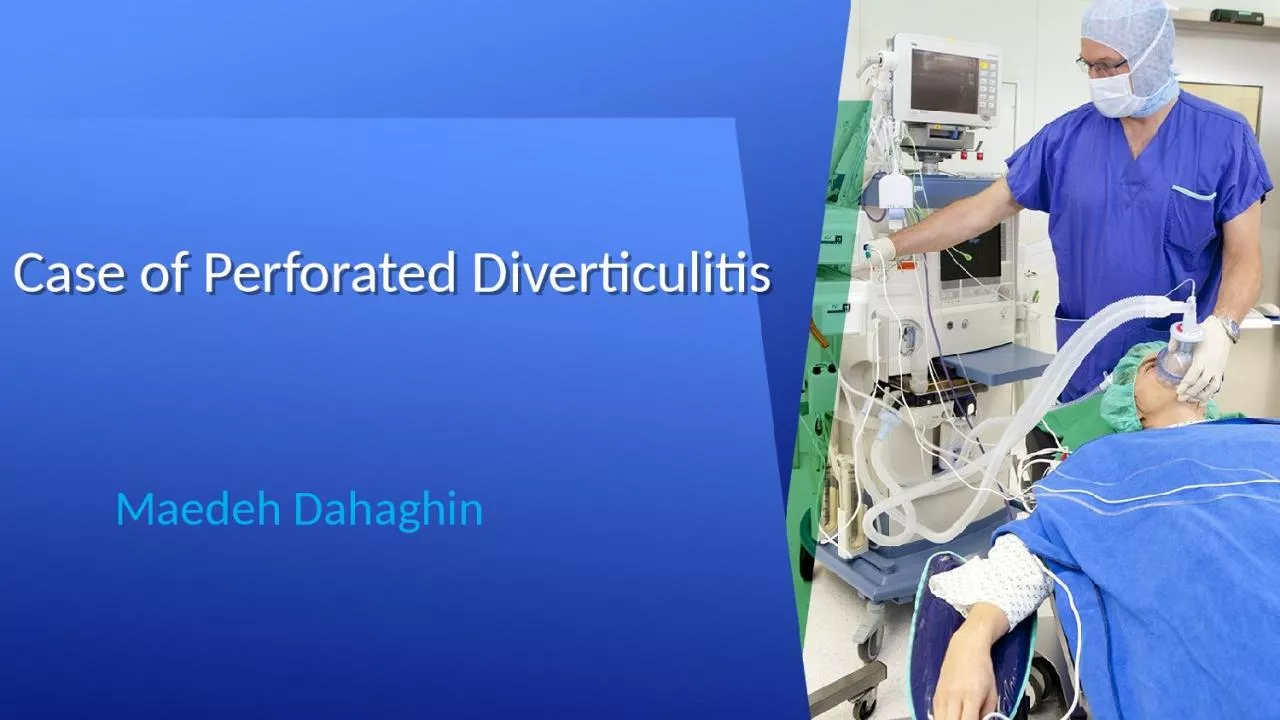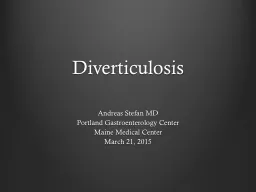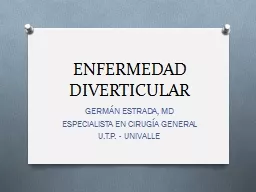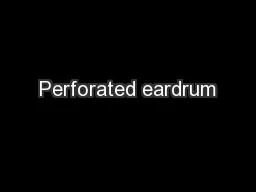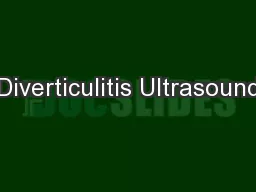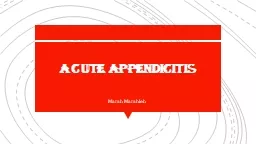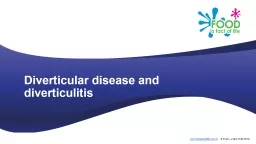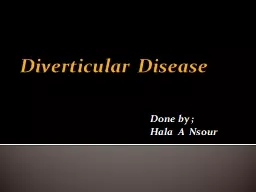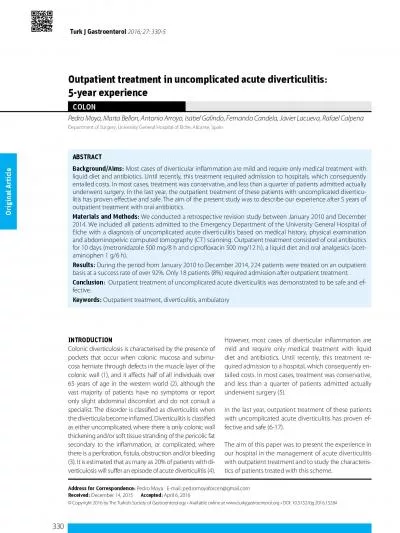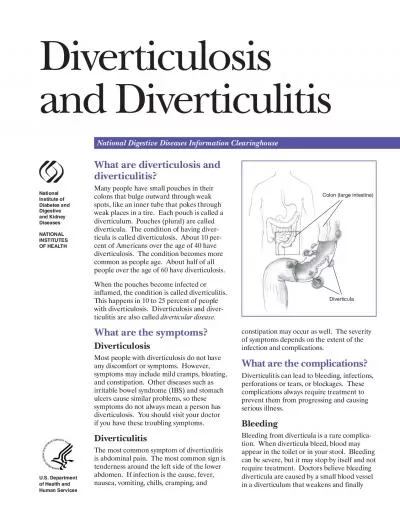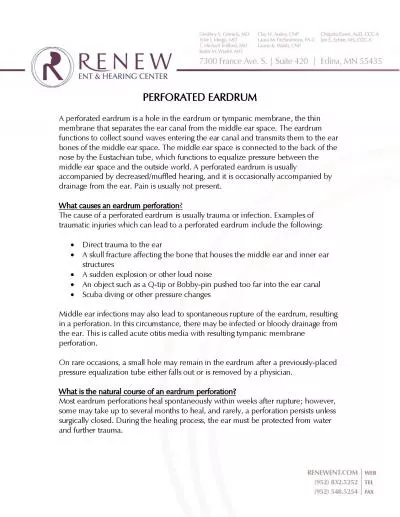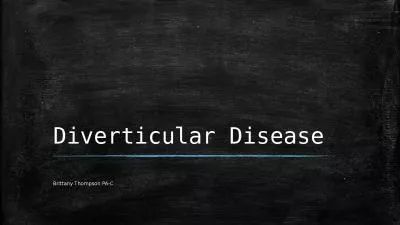PPT-Case of Perforated Diverticulitis
Author : sophia2 | Published Date : 2024-02-09
Maedeh Dahaghin History A female patient named FEf aged 86 from Tehran and has 3 offsprings housewife and has no spesial habits Complaints Constant and non
Presentation Embed Code
Download Presentation
Download Presentation The PPT/PDF document "Case of Perforated Diverticulitis" is the property of its rightful owner. Permission is granted to download and print the materials on this website for personal, non-commercial use only, and to display it on your personal computer provided you do not modify the materials and that you retain all copyright notices contained in the materials. By downloading content from our website, you accept the terms of this agreement.
Case of Perforated Diverticulitis: Transcript
Download Rules Of Document
"Case of Perforated Diverticulitis"The content belongs to its owner. You may download and print it for personal use, without modification, and keep all copyright notices. By downloading, you agree to these terms.
Related Documents

